One way to check if plants will grow here
greenelbows1
17 years ago
Related Stories
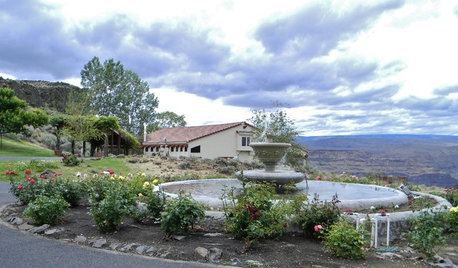
CONTEMPORARY HOMESMy Houzz: Check Out the Curves on This Cliffside Home
Circular forms star in a home on a Washington gorge, from the boulder pile downstairs to an exterior side with nary a straight line
Full Story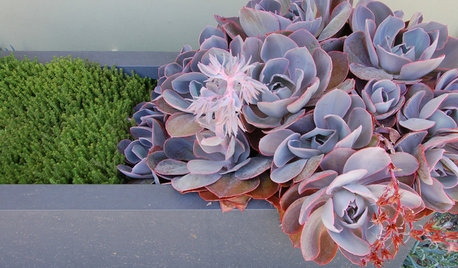
SUCCULENTSGrow a Garden of Succulents for Easy Beauty
Low-water plants in a wide range of colors, shapes and sizes? Sign us up — and check out our faves here
Full Story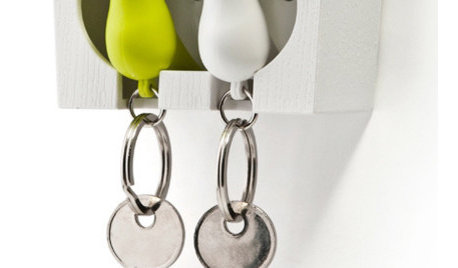
Unlock the Secret to Keeping Keys in Check
Say goodbye to frenetic searching with key storage that suits your needs and matches your home's style
Full Story
16 Ways to Check In to Checkered Patterns
Take the Pattern Up High, Down Low, and Everywhere In Between
Full Story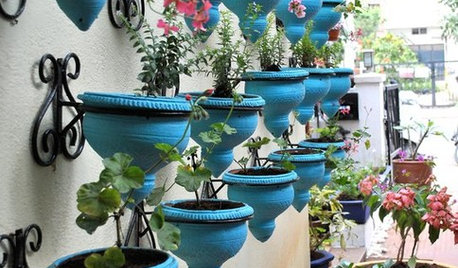
GARDENING AND LANDSCAPINGOne-of-a-Kind Ways With Planters
Bright colors, unusual shapes, unexpected uses ... these unique ideas for container plantings with personality may just grow on you
Full Story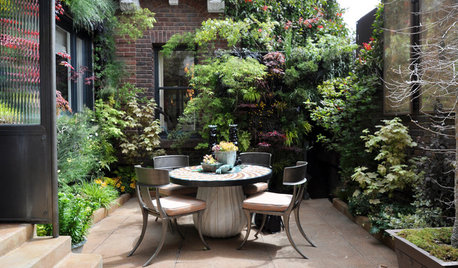
LANDSCAPE DESIGN8 Ways to Grow More Plants in Small Spaces
Use plants to bring your pocket garden to life
Full Story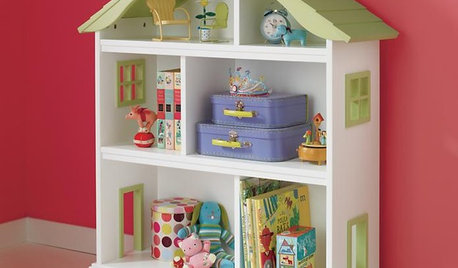
PRODUCT PICKSGuest Picks: Kids' Book Storage You've Got to Check Out
Keep little readers interested and books organized with 18 appealing ways to house all their favorite reads
Full Story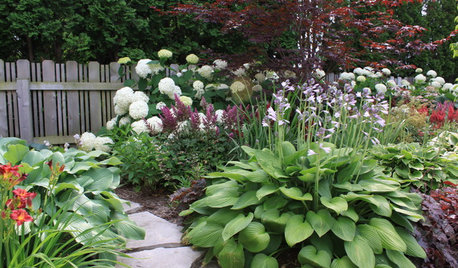
MOST POPULARSpring Gardens Are Blooming — Here’s What to Do in April
Get the guide you need for gardening in your U.S. region, with tasks, climate-appropriate plantings and more
Full Story
HOUSEPLANTS10 Top Plants to Grow Indoors
Brighten a room and clean the air with a houseplant that cascades artfully, stretches toward the ceiling or looks great on a wall
Full Story
GARDENING GUIDESGrow Your Own Privacy: How to Screen With Plants and Trees
Use living walls to lower your home and garden's exposure while boosting natural beauty in your landscape
Full Story





Jessiep
talford
Related Professionals
New Bedford Landscape Architects & Landscape Designers · Comstock Park Landscape Architects & Landscape Designers · Lyons Landscape Architects & Landscape Designers · Saint Louis Park Landscape Architects & Landscape Designers · Avocado Heights Landscape Contractors · Columbine Landscape Contractors · Fort Atkinson Landscape Contractors · Hawaii Landscape Contractors · Mahwah Landscape Contractors · Middletown Landscape Contractors · Webster Groves Landscape Contractors · Englewood Swimming Pool Builders · Harvey Swimming Pool Builders · Rocklin Swimming Pool Builders · West Palm Beach Swimming Pool Buildersnomad_no_more
MissSherry
greenelbows1Original Author
Jessiep
dmj1218
nomad_no_more
honeybunny2 Fox
Jessiep
brhgm
jeep461
greenelbows1Original Author